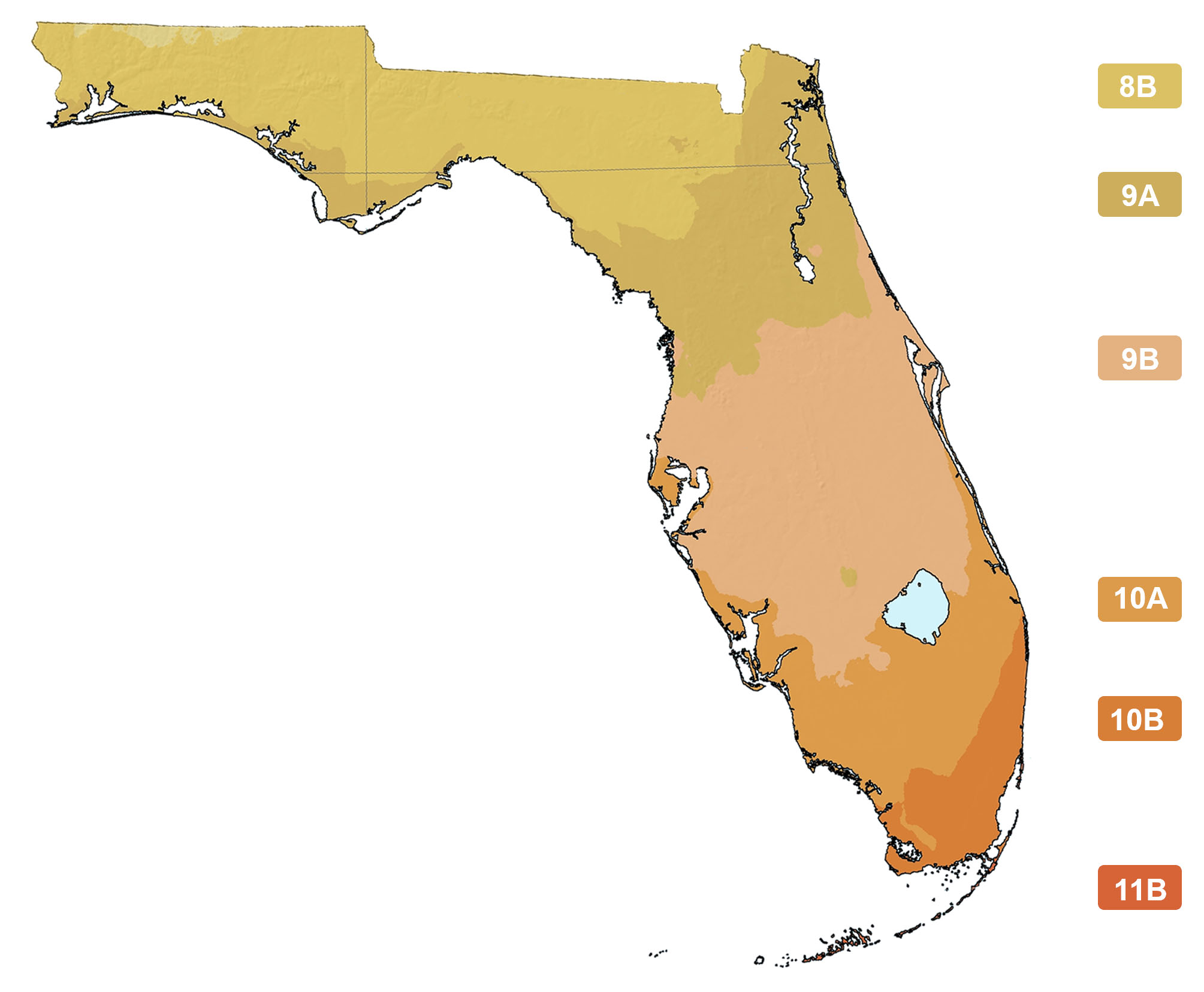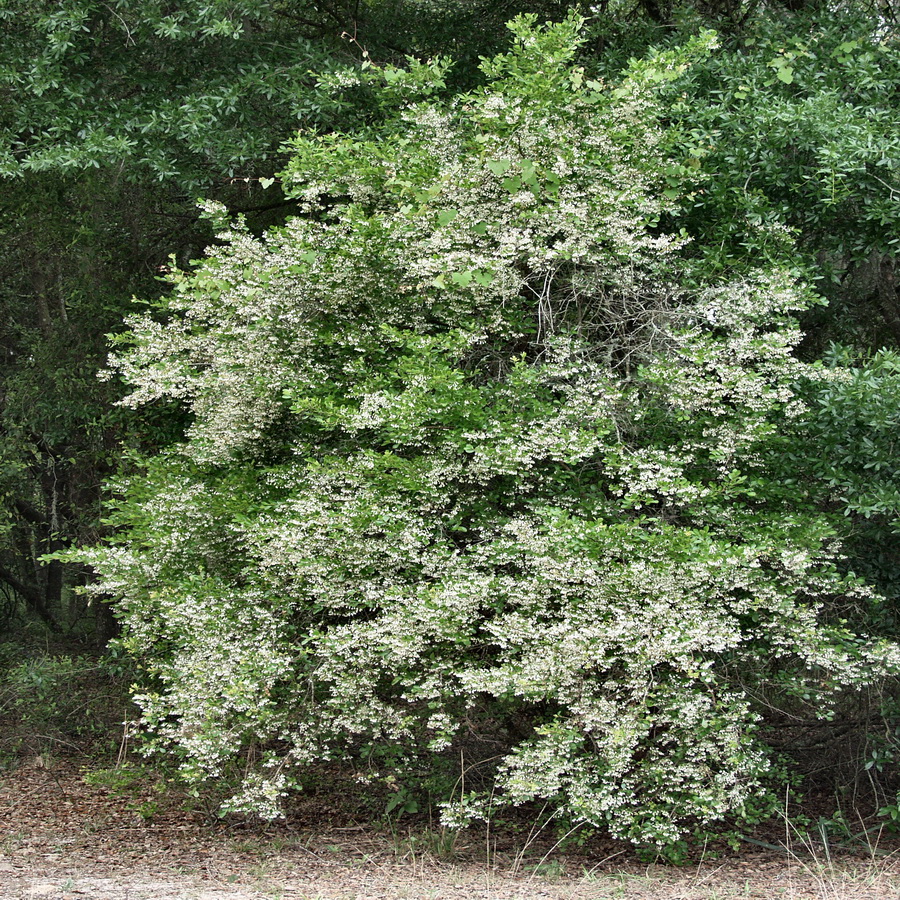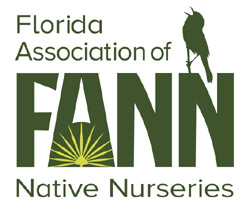Vaccinium arboreum
Photographs belong to the photographers who allow use for FNPS purposes only. Please contact the photographer for all other uses.
Sparkleberry, Farkleberry
Ericaceae
Plant Specifics
| Form: | Tree | |
| Size: | 15-25 ft tall by 4-15 ft wide | |
| Life Span: | Long-lived perennial | |
| Flower Color: | White | |
| Fruit Color: | Black | |
| Phenology: | Deciduous. Blooms in spring. Fruits ripen late summer. Moderately long-lived (Nelson 2003). | |
| Noted for: | Interesting bark, Fall color, Showy flowers |
Landscaping
| Recommended Uses: | A profuse bloomer. Use for natural landscapes and wildlife habitat areas. Does well under a high pine canopy. | ||||||||||||||||||||||||||||||||||||||||||
| Propagation: | Seed and softwood cuttings. | ||||||||||||||||||||||||||||||||||||||||||
| Availability: | Native nurseries, Seed | ||||||||||||||||||||||||||||||||||||||||||
| Light: | Part Shade | ||||||||||||||||||||||||||||||||||||||||||
| Moisture Tolerance: |
always floodedextremely dry |
||||||||||||||||||||||||||||||||||||||||||
| (Somewhat moist, no flooding ----- to ----- Very long very dry periods) | |||||||||||||||||||||||||||||||||||||||||||
| Moisture Tolerance: | Somewhat moist, no flooding ----- to ----- Very long very dry periods | ||||||||||||||||||||||||||||||||||||||||||
| Salt Water Flooding Tolerance: | Not salt tolerant of inundation by salty or brackish water. | ||||||||||||||||||||||||||||||||||||||||||
| Salt Spray/ Salty Soil Tolerance: | Some tolerance to salty wind but not direct salt spray. | ||||||||||||||||||||||||||||||||||||||||||
| Soil or other substrate: | Sand | ||||||||||||||||||||||||||||||||||||||||||
| Soil pH: | Acidic | ||||||||||||||||||||||||||||||||||||||||||
Ecology
| Wildlife: |
Fruit is consumed by birds and other wildlife. | |
| Insects: | Larval host for striped hairstreak (Satyrium liparops). Attracts many pollinators; especially valuable to native bees. | |
| Native Habitats: | Dry sites. Xeric hammock, dryf mesic hardwoods, may be in upper edges of floodplains, overgrown flatwoods, coastal dunes, sandhill, scrubby sandhill. |
Distribution and Planting Zones
Natural Range in Florida
USDA Zones
Suitable to grow in:
8A 8B 9A 9B

USDA zones are based on minimum winter temperatures
Comments
| Ethnobotany: | Fruit not particularly tasty to humans. |
.jpg)




